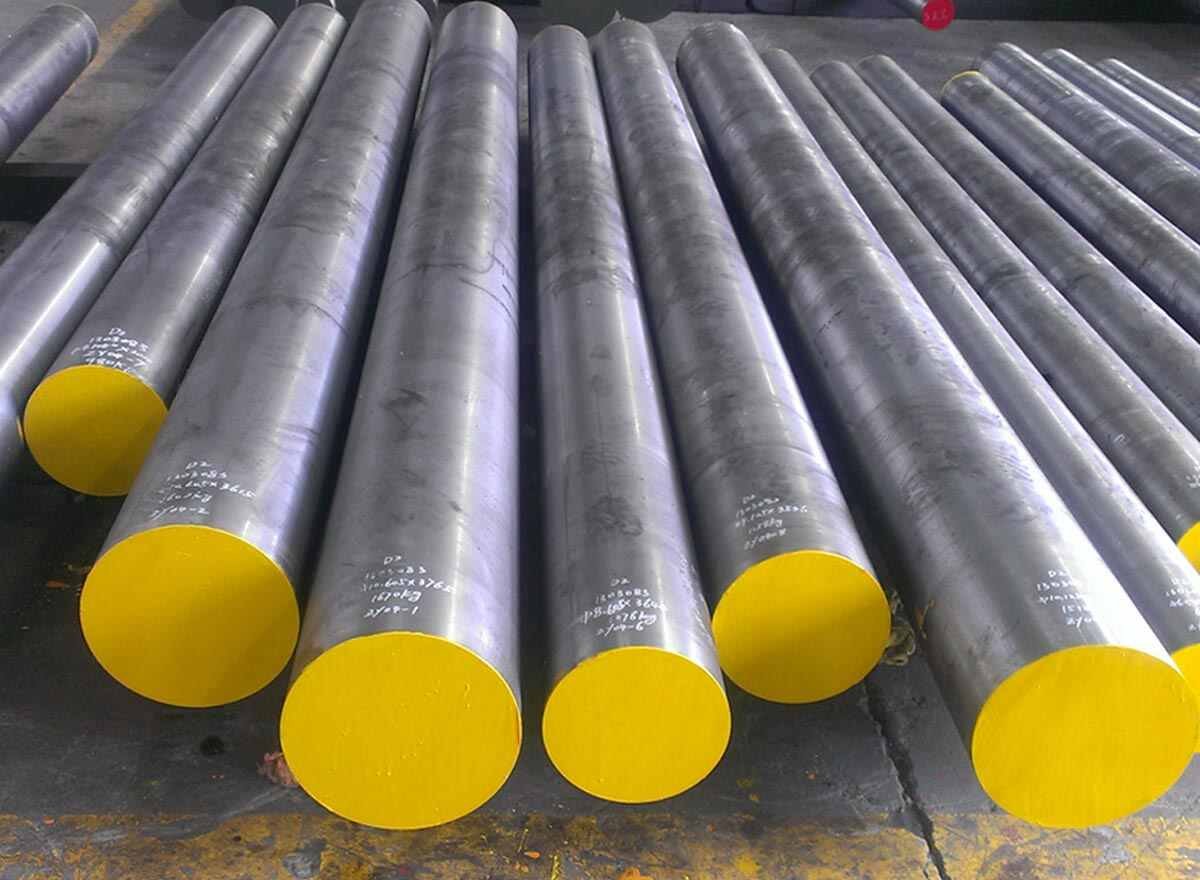Our Products
EN 353
EN 353 is a high-strength alloy steel widely known for its excellent toughness, wear resistance, and machinability. It is frequently used in applications where high surface hardness and core strength are necessary, making it a versatile material for industries that require durable and reliable components.

Steel Properties
EN 353 steel typically has a tensile strength range from 800 to 1000 MPa (116 to 145 ksi), depending on the heat treatment condition. The yield strength can vary from 600 to 800 MPa (87 to 116 ksi), offering robust structural performance. Elongation is around 12-18% in the normalized or annealed condition. After heat treatment, the hardness typically ranges from 200 to 300 HB (Brinell Hardness), ensuring an optimal balance between strength and toughness.
Application
EN 353 is widely used in the automotive industry for the production of gears, shafts, crankshafts, and camshafts, where high strength and wear resistance are essential for long-lasting performance. It also plays a crucial role in mechanical engineering, being used for heavy-duty gears, pinions, spindles, and other transmission components that need to withstand high stresses. In general engineering, EN 353 is employed in the manufacture of bolts, studs, hydraulic fittings, and structural components where both surface hardness and core strength are critical for durability and performance.
